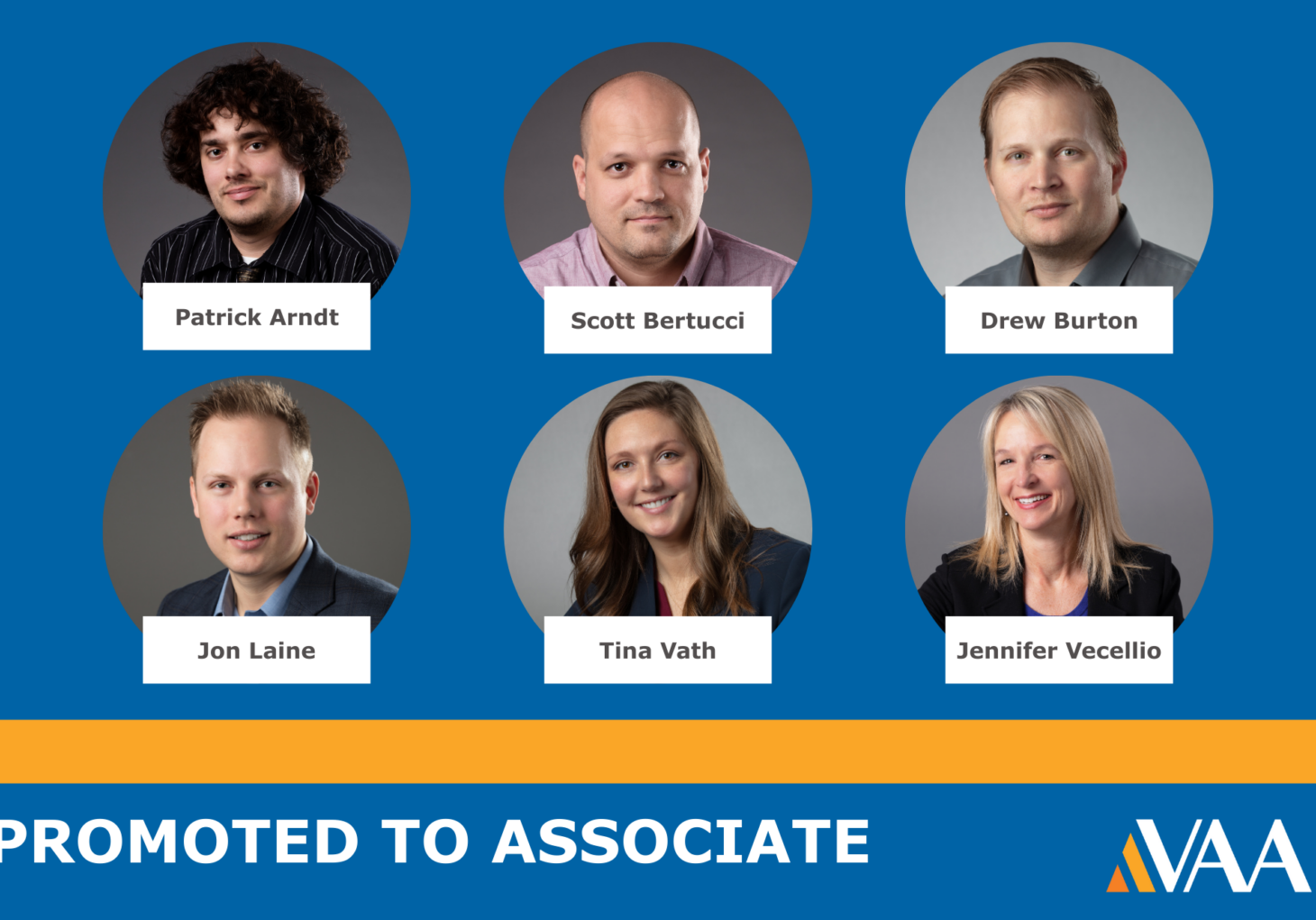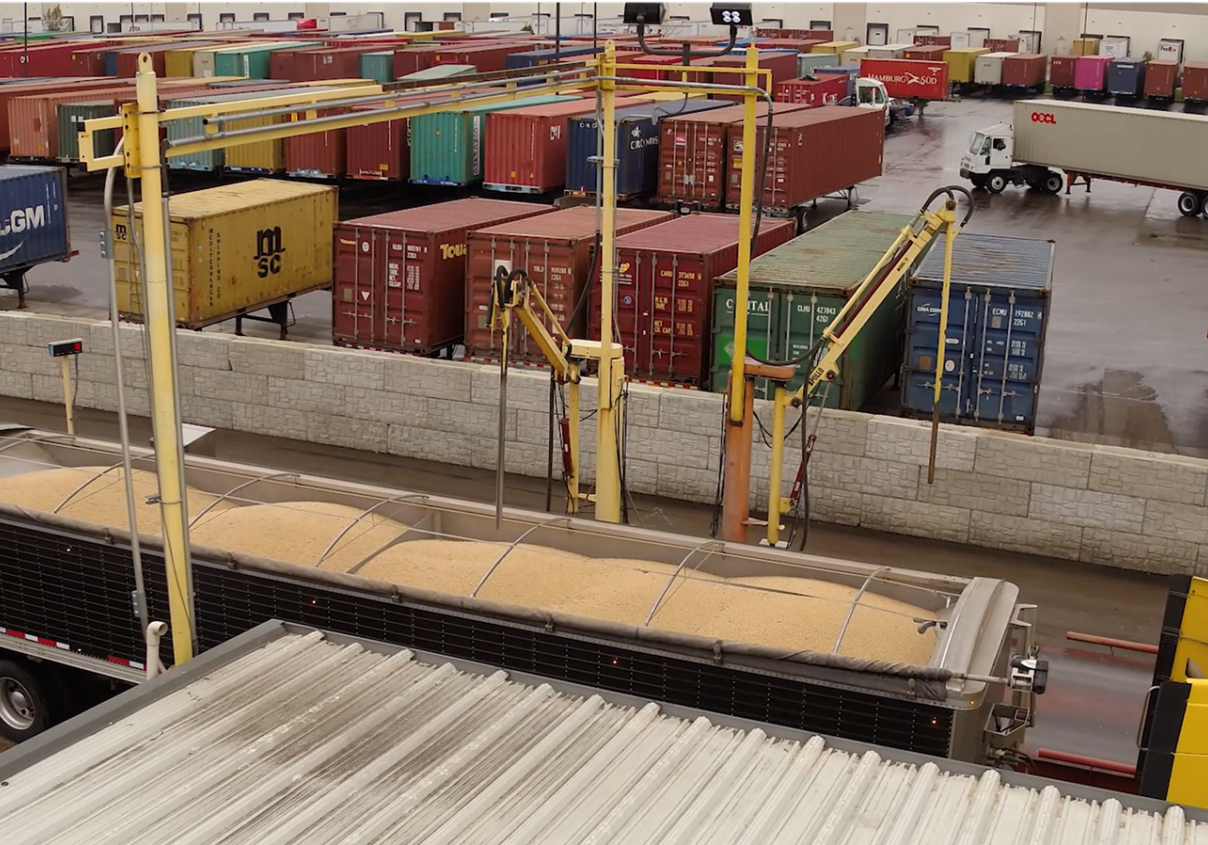VAA News | June 6, 2018
Part 2: DHA in New & Existing Facilities

The three-part series continues explaining the forms a DHA can take in existing and new facilities or expansions.
Existing Facilities: Operations & Housekeeping Procedures
Often it is not the design, but the lack of consistent maintenance in existing facilities that pose risk. When conducting a DHA, the difference between the Maybe a hazard and Deflagration hazard categories is frequently proper maintenance and scheduled inspections of the equipment and associated safety features. To effectively manage hazards in a facility, DHA inspections will look for the following safety practices:
- Set schedules for cleaning and maintenance
- Cleaning thoroughness
- Lock out / tag out procedure for equipment cleaning
- Vacuuming for dust removal
- Pressure relief ventilation
New Facilities or Expansions: Considerations for Owners
Part of the NFPA 652 – Annex B states the “purpose of a DHA is to identify hazards in the process and document how those hazards are being managed.” For new construction, earlier is best for making hazard management design decisions. Recognizing and addressing dust hazards in the preliminary design phase of a project can lead to cost and time savings. Including features in the initial facility design like appropriate ventilation and use of a vacuum system for dust removal will reduce the need for future retrofits. Keep maintenance and hazard management integrated in a project by considering the following questions in early phases:
- What dust hazard codes, standards or guidelines must be met in the facility design?
- How are potential hazards managed within the process?
- What maintenance and/or housekeeping programs will be needed for safe facility operation?
Read the other parts of this series for more information:
Part 1: What is a Dust Hazardous Analysis?
Part 3: Learning from A Dusty Past
About the Authors
As a Senior Designer at VAA, Doug regularly works with owners and design-build contractors to design feed mills, grain elevators and other agricultural bulk material handling and processing facilities from early stages of project conception through final design and construction. Doug’s 15 years of experience in agribusiness has translated into a comprehensive understanding of how different construction methods; material handling and process systems; and the NFPA affect design. His favorite part of the job is meeting with plant managers at their facility to understand challenges and work together towards improving operations.
Eric has two decades of domestic and international experience, including feed mills, grain export terminals, flour mills, bulk storage facilities and specialty slipform structures. Versatile in managing both engineering and construction efforts, he understands the details needed to fulfill design, constructability,
procurement and cost estimating activities. A member of the NFPA, Eric’s knowledge of material handling, mechanical and structural engineering is complemented by his technical skills in AutoCAD, P6 and Hard Dollar. Prior to joining VAA, Eric worked for a design-build contractor where he developed design concepts with clients and coordinated design and construction efforts with equipment vendors and subcontractors. Clients appreciate his global understanding of the design / construction process to accomplish operational goals and challenging facility requests.
Share with a Friend
Let's connect.
Whether you need a new or expanded facility, a process designed or debottlenecked, life safety or structural analysis… VAA can help you grow.


![[TEMPLATE] Top Workplaces Awards (1) [TEMPLATE] Top Workplaces Awards (1)](https://vaaeng.com/wp-content/uploads/bb-plugin/cache/TEMPLATE-Top-Workplaces-Awards-1-landscape-4178622959a03a1338068bf56f8f5d6e-.png)



